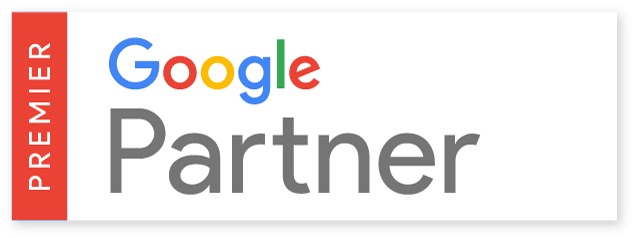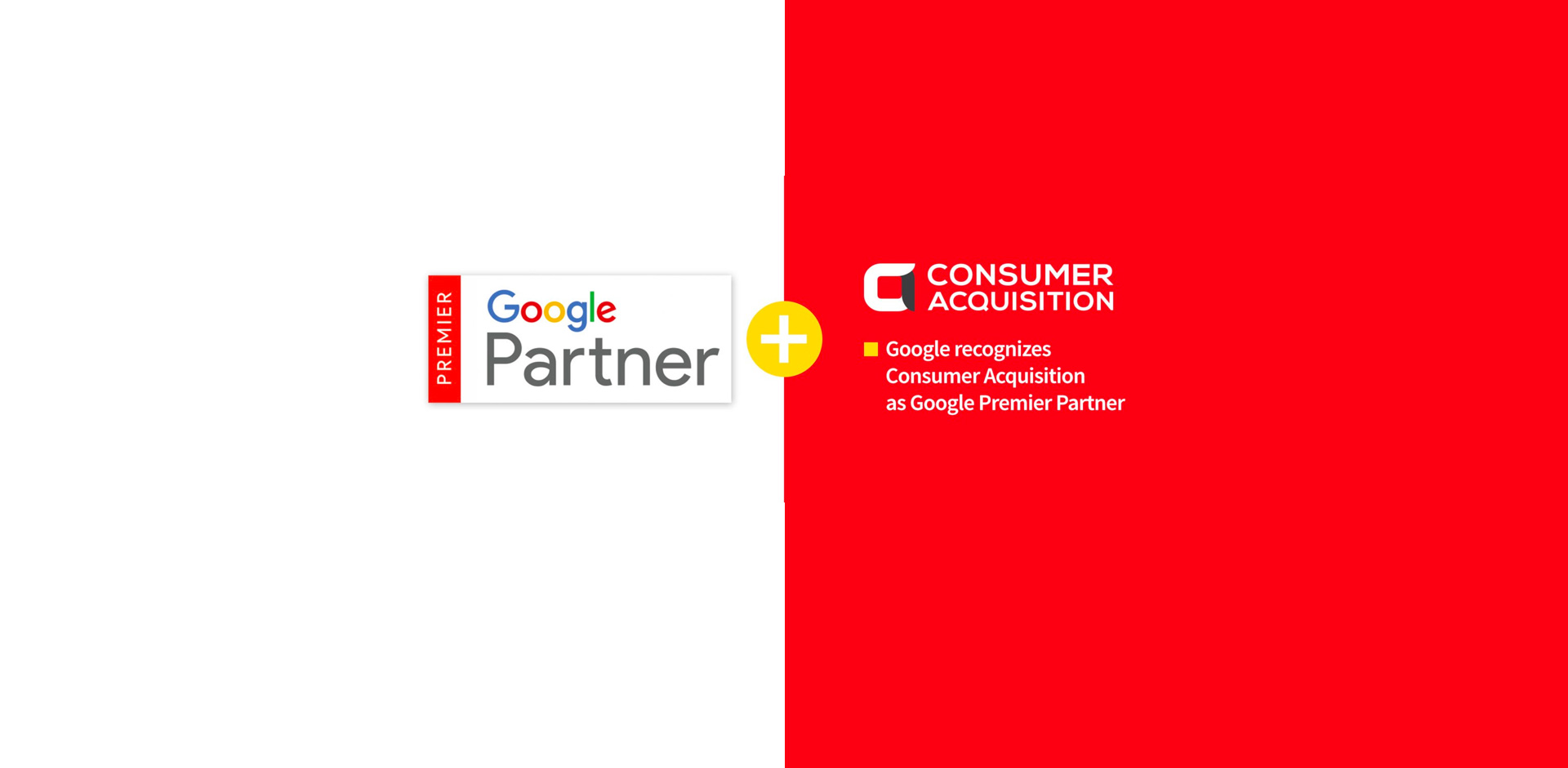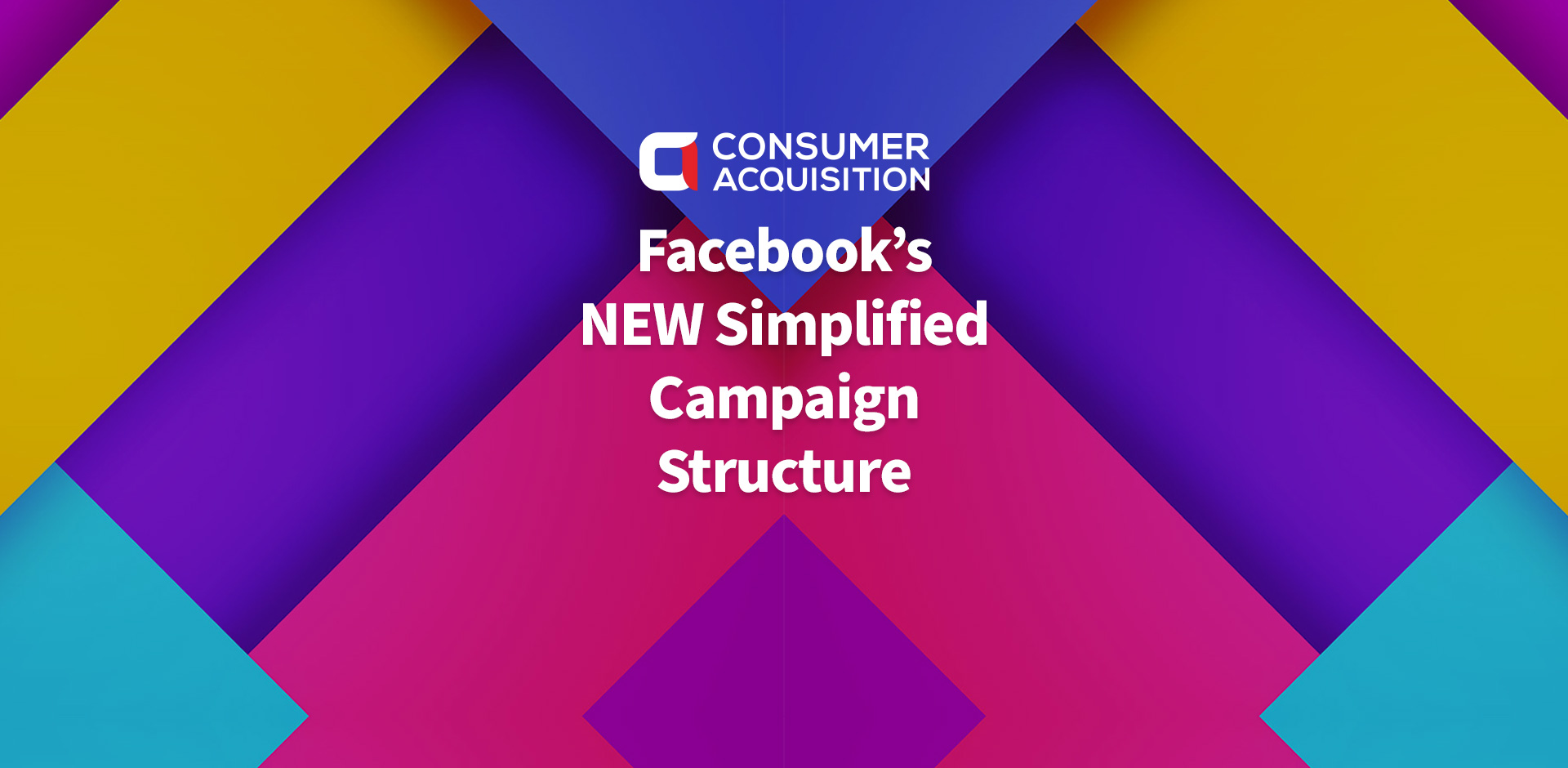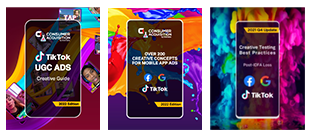Having trouble scaling your Facebook advertising account? Facebook has some recommendations for you. They’ve outlined them in a new advertising strategy they call “Simplified Account Structure.” Here’s the gist of those recommendations and what your advertising account setup or Facebook’s New Simplified Campaign Structure may look like now:
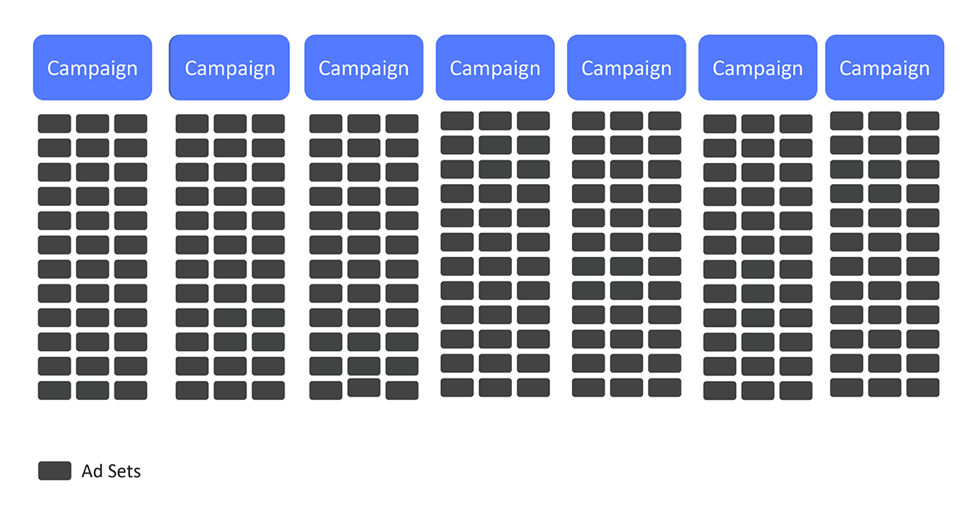
We used a setup like this ourselves February 2018 when Facebook rolled out what we call their “Best Practices” update.
This “many campaigns and many ad sets” account structure worked for a pre-AI-managed / pre-significant edit world. All those separate ad sets let advertisers test dozens of different combinations of audience settings, placement settings, and more. It’s a manual way to find the most profitable niches in the advertising landscape.
That structure works well enough if all you’ve got is humans managing your campaigns. But now that the Facebook advertising algorithm has automated more of intraday campaign management, it’s become clear that the AI will get optimal performance from less “campaigns and ad sets” in the account setup.
The algorithm works better with an account set up like this:
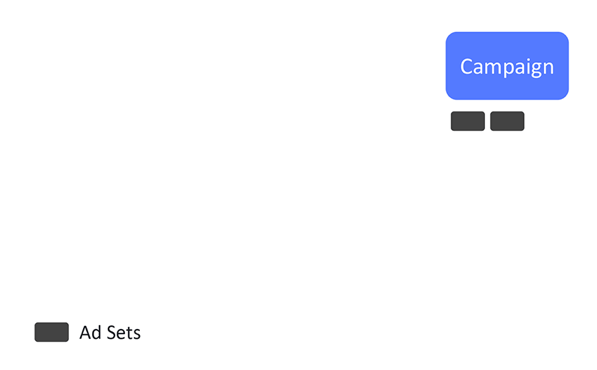
Does that seem almost impossibly simplistic? It might until you understand how the algorithm enhancements work.
Why Facebook’s New Simplified Campaign Structure Works
Here’s the reality of Facebook advertising in 2019: The algorithm can manage your intraday account changes better than you can. That’s a stretch for a lot of advertisers at first, but the algorithm is just better at tracking, interpreting, and acting on the dozen or more “signals” generated by your ads hundreds of times a day.
Once advertisers accept this, they usually relinquish control over certain levers in their account and let Facebook’s machine algorithm take over. This gives the humans less control, but if they’ve chosen their campaign goals well, they typically get rewarded for stepping back: Their account’s performance gets better. Sometimes way better.
And here’s why that means letting go of all those ad sets: Because the algorithm can crunch data so effectively, it doesn’t need all the “on/off” switches that human managers use different ad sets for. It actually operates better with a simplified account structure.
But that’s not the only benefit of a simplified account structure. The simplified structure also allows your campaign to get out of the “learning phase” faster and stay in the optimized phase longer.
Facebook’s “Learning Phase” Campaign Structure Status
The learning phase is a type of slowed-down campaign status. It gets triggered whenever there’s a “significant change” made to a campaign, or a campaign has just launched. Most advertisers want to minimize how long their campaigns are in this status because campaign performance typically drops about 30% during the learning phase.
Algorithms
The learning phase is just another example of how Facebook ad management has changed now that the algorithms manage the platform. Adapting to the learning phase was one of the biggest changes we made in our own campaign management strategy last year, right after the “Best Practices” update. Before that update, we had been managing campaigns much like a high-frequency trading desk. After the Best Practices update, it became clear that fewer changes, and giving more control to the algorithm resulted in better performance.
While performance slows down during the learning phase, important things are happening. The algorithm is calibrating the ad delivery system for the “new” campaign, new ad set or bid and budget changes so it will achieve optimal performance. Nearly a dozen different signals are being measured, and the system is also taking into account the ad’s history, the campaign’s history, the account’s history, and the user’s history… ultimately, so the campaign can perform even better.
After about 50 conversions per week per ad set, Facebook’s advertising algorithm will have enough data to shift a campaign out of the learning phase.
Ad Sets
This is an important aspect of the learning phase to understand: Ad Sets aren’t put into the learning phase for any particular length of time. They’re put into the learning phase until they’ve accrued enough data that the system will release them into full delivery.
Because of how the system works, if an advertiser specifies too many criteria for a campaign, it’s possible to inadvertently require the system to keep the campaign in the learning phase for longer than might have been necessary.
In other words, the more limitations you put on a campaign’s performance, the longer the learning phase may be.
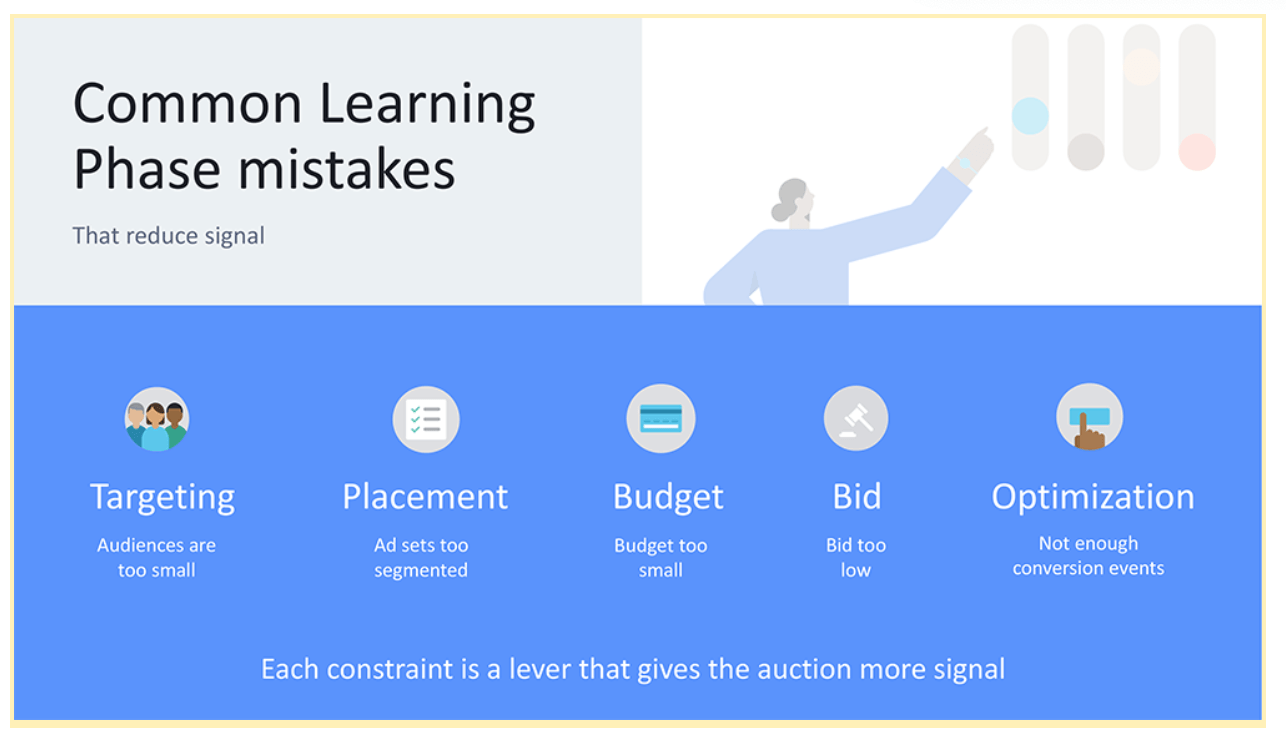
Of course, almost every campaign has performance requirements. Maybe it has to work within a tight budget or to needs to generate conversions at a particular price. Just go easy on how many constraints you set. The more flexible (or “liquid” as Facebook would say) you can be with campaign settings, the more room you allow for the algorithm to work.
Fortunately, there are several ways to get the results you want, to still minimize the learning phase, and to get great results. And they’re all considered Facebook’s best practices.
Best Practices for Facebook’s Simplified Campaign Structure
Increase Audience Size
It’s hard for the system to gather enough data about a tiny group of people. So try to increase the size of the audience you’re targeting. For instance:
- Increase retargeting windows
- Use larger groups for Lookalike Audiences
- If you’ve got interest and behavior targets with a lot of overlap, group them together
- Try to minimize the audience overlap. Using exclusions and excluding past purchasers can help
Optimize For The Right Event
Not optimizing for the right event is a bit like aiming an arrow at the wrong target… it doesn’t end well.
The rule of thumb here is that if you aren’t happy with your campaigns’ performance, optimize your campaigns for an event further along in your sales funnel. For example, instead of optimizing for clicks or web page views, optimize for an event that only happens when someone initiates checkout. That’s the type of event that truly drives revenue – why mess with all the other earlier little steps along the way if you can optimize for something that’s so much more meaningful?
A word to the wise about this: If you optimize a campaign for an event further along in the funnel, you’ll probably be optimizing for a conversion event that happens less often than, say, the first click. That’s okay, but it will slow down how quickly a campaign can accrue signals, and so it will keep your campaigns in the learning phase longer. In our experience that extra wait time is worth the upfront cost.
Use Automatic Placements
This is one of the areas of campaign management where the algorithm really shines. If you do a couple of strategic things. Like…
-Combine placements. Combined placements can generate a 2.1x lift, 71% lower cost per conversion and 7% more reach for your campaign structure. The trick to making them work is to have plenty of customizable creative assets.
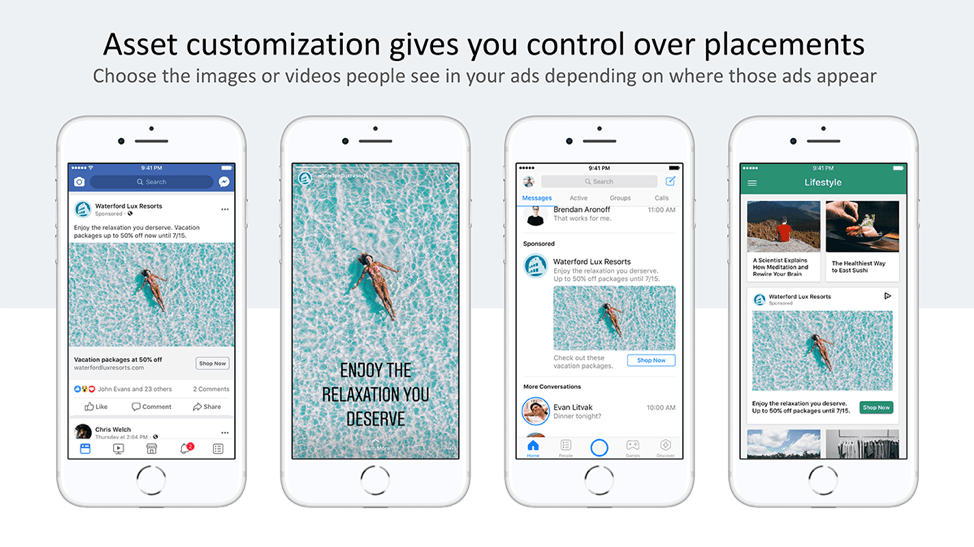
Credited: Facebook’s ‘Simplified Account Structure’ presentation 2019
Increase budget liquidity. Four specific ways to do this are:
- Increasing the budget to bid ratios.
- Use Campaign Budget Optimization. If you aren’t doing this already, you might as well get used to it. Facebook will require all advertisers to use CBO by this fall.
- Test creative at the ad level. Do you create multiple ad sets to test individual pieces of creative? It’s time to let that go. Test your creative at the ad level, not the ad set level. It’s much more efficient.
- Use Placement Asset Customization. Want to coordinate your messaging across platforms? Then use this feature to specify which creative asset gets used on each platform.
Bid appropriately.
- Choose a bid strategy based on your campaign’s goals and spending requirements.
- Assign a value to your audience and bid according to your audience’s lifetime value.
- Set your bid cap higher than your bid goal. Remember: Bids are usually higher than actual bid costs. It’s okay to bid higher than the cost you actually want to spend.
A word about choosing the right bid strategy
Choosing a bid strategy is really an exercise in balancing between more conversions or more control. The algorithm is pretty good at its job, so we do recommend letting it do the heavy lifting of account management, especially if you’re willing to spend some money getting your campaign up to speed. (And even if a human manages your campaign, you’ll still end up spending some budget until your campaigns get up to speed.)
There are three bid strategies:
- Lowest cost
- Target cost
- Lowest cost with a bid cap
Here’s how Facebook describes each of them, and when they recommend you use them:
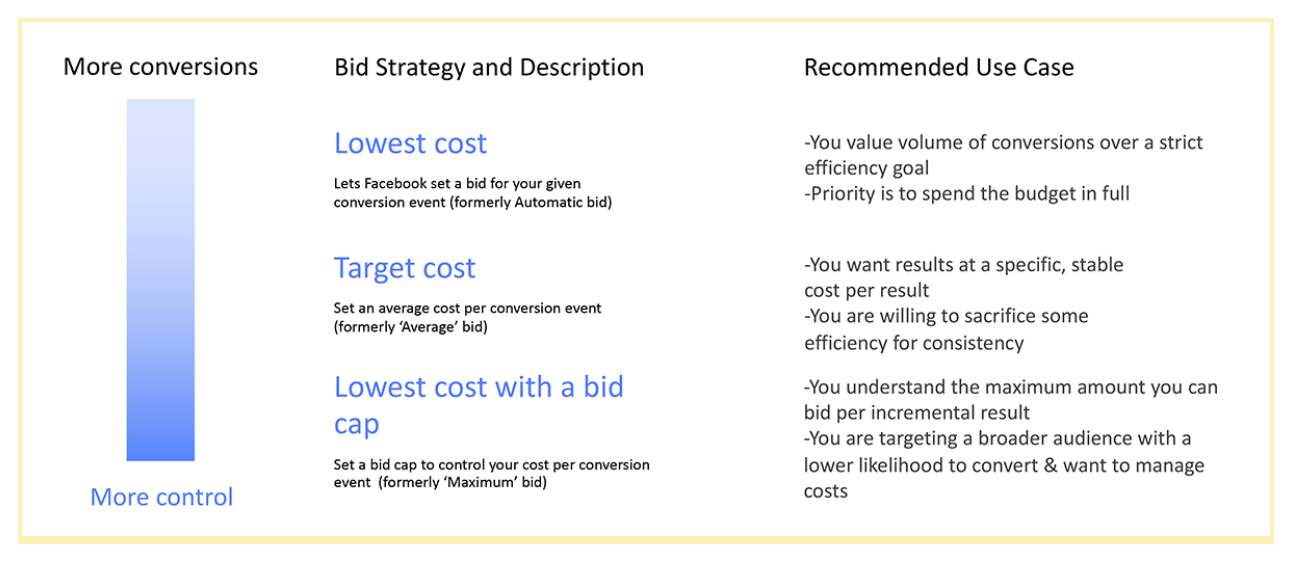
Facebook’s Simplified Campaign Structure Conclusion
It’s a brave new advertising world. The algorithms are taking over… really whether human advertising managers like it or not. Our best bet is to understand how the algorithms work and to give them the freedom, the data, the budgets, and the creative assets they need for optimal performance. The Facebook algorithm will take away budget lever from humans with CAMPAIGN BUDGET OPTIMIZATION BECOMES MANDATORY IN SEPTEMBER 2019. **Unless you use a tool like AdRules, then CBO isn’t mandatory until September 2020!
Don’t worry about losing your job to the machines…yet. They still can’t do creative development, and that’s now the biggest competitive advantage advertisers have. User acquisition managers should invest in creative development and creative testing. They should keep their skills current and stay agile. We expect many more changes from Facebook and Google in the coming months and years.
